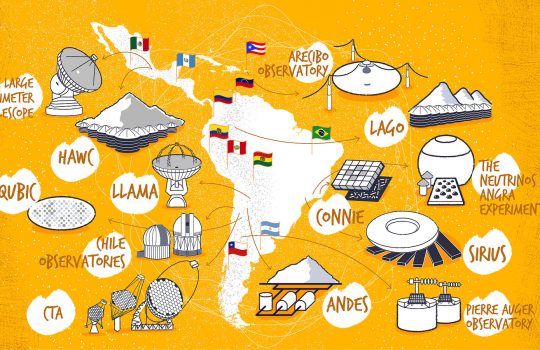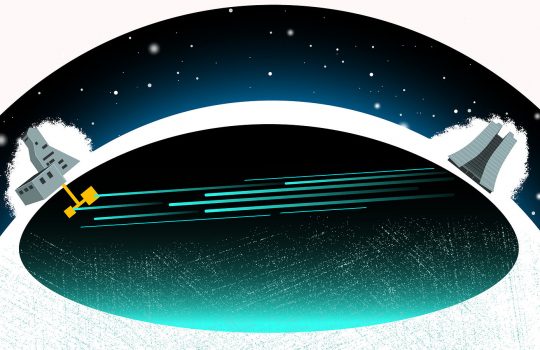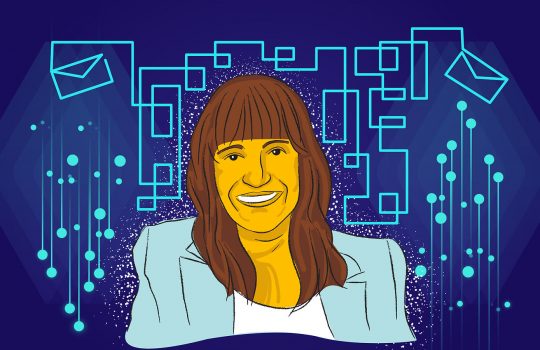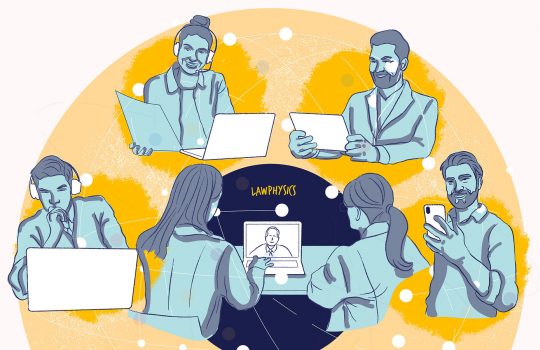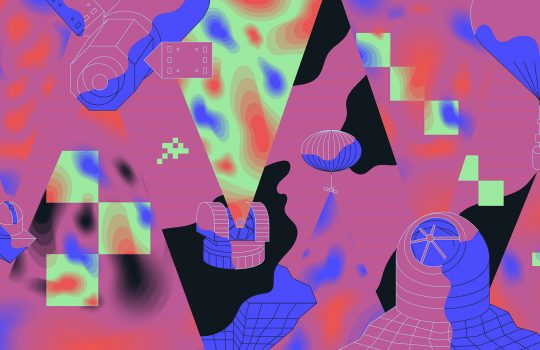Giant new instrument will search for real subatomic ghosts
From Forbes, Oct. 30, 2019: Dark matter was proposed in the 1930s and has eluded detection for nearly a century. However, an advanced and high-tech detector called LUX-ZEPLIN has just been installed that might change all of that. Fermilab scientist Don Lincoln gives an overview of the experiment.

